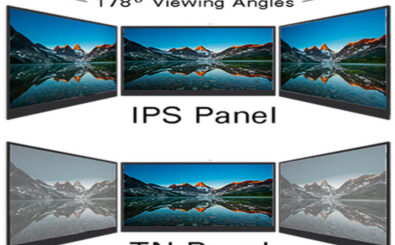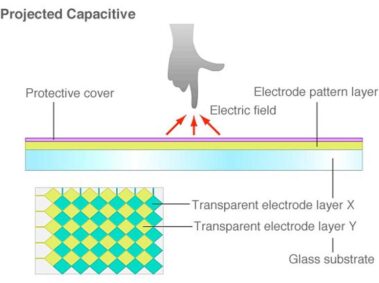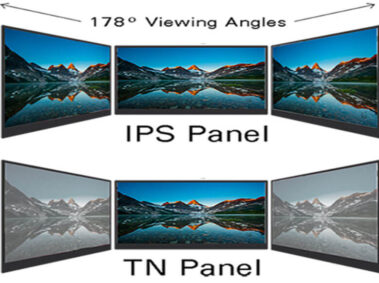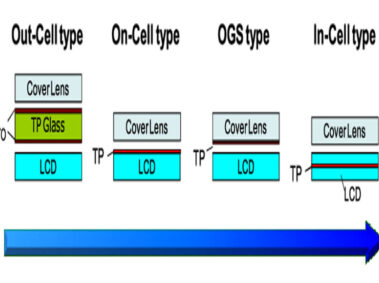At present, TN lcd panel widely using in relevant lcd touch monitor products, but do you know the what is TN panel?
TN panel is a commonly used liquid crystal panel, TN (Twisted Nematic) twisted nematic liquid crystal, the liquid crystal molecules can be twisted by 90° when voltage is applied and no voltage is applied to both ends of the liquid crystal panel. A liquid crystal display made of TN liquid crystal is called a TN liquid crystal screen. In fact, TN LCD screens can be divided into static drive or passive drive, TN pen segment type, character type and dot matrix lcd touchscreen, which are mainly used to display characters and simple images, and active matrix drive method ( TN-TFT display driven by TFT thin film field effect tube), also known as ordinary TFT liquid crystal display. Generally speaking, in the absence of specific indications, the TN type liquid crystal display referred to refers to the pen-segment type, character type and dot matrix type liquid crystal display that adopts static drive or passive drive. Mostly black and white display screen.
Structure of TN LCD
In 1971, the Swiss invented the twisted nematic TN LCD display, while Japanese manufacturers further matured the technology. Because of its low manufacturing cost and low price, it was mass-produced and became a mainstream product. At present, the display devices used in commonly used calculators, digital meters, electronic clocks, etc. are all TN-type devices.
The basic structure of TN LCD
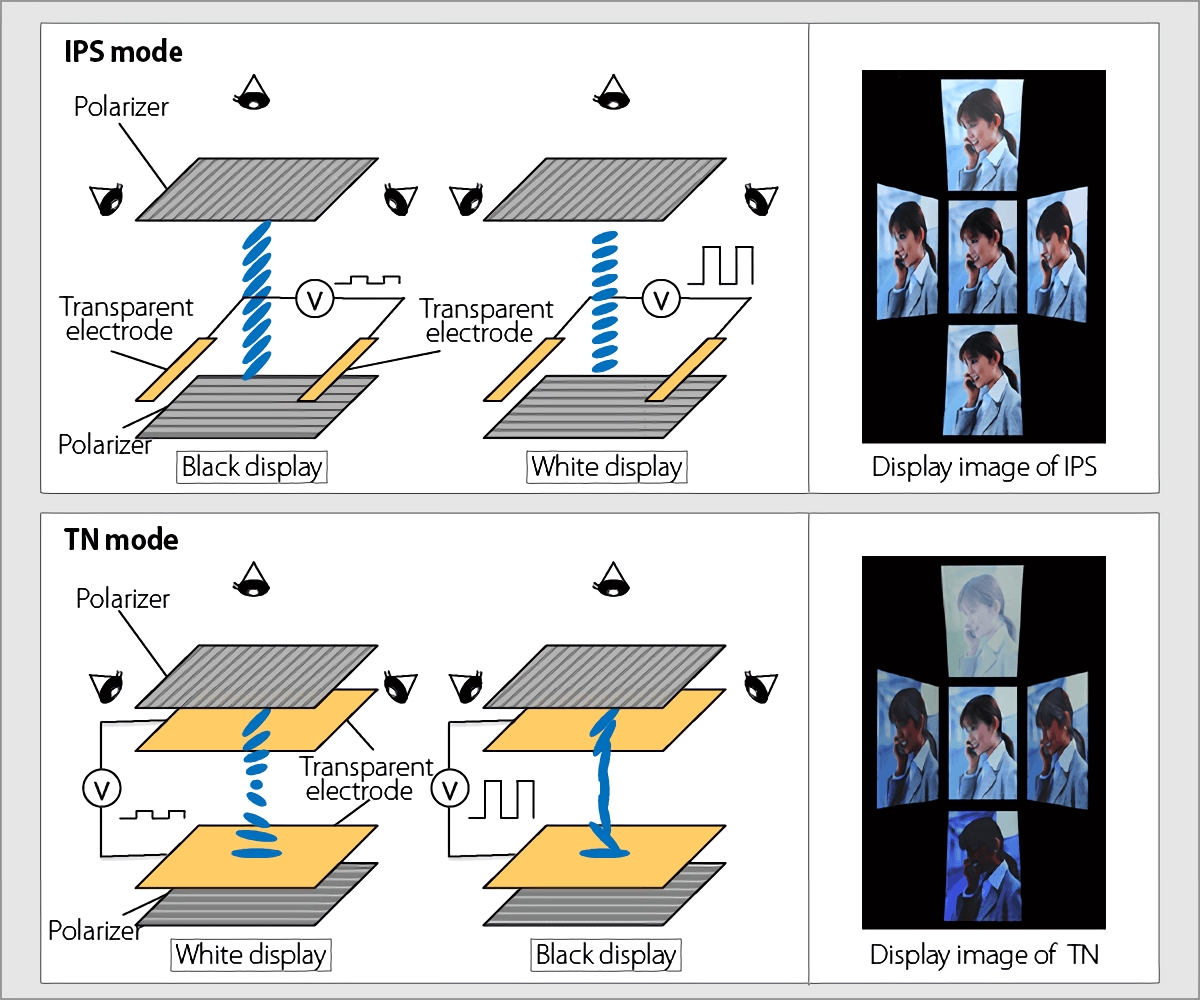
Lay the upper and lower two pieces of glass with transparent electrodes together with an interval of about 10mm. The sides are sealed with epoxy resin. There is an injection port on the sealing frame, and the liquid crystal material is passed through the The injection port is injected into the liquid crystal cell, and then the injection port is sealed with resin glue, and then a piece of polarizer with polarization directions perpendicular to each other is pasted on its upper and lower surfaces, and a reflector is added at the bottom, and the liquid crystal display device is finished.
In the TN display screen, the inner surface of the glass is coated with an orientation film (orientation film), and the orientation treatment is carried out. The liquid crystal molecules in the cell are arranged in parallel along the glass surface. Since the orientation processing directions of the inner surface alignment layers of the upper and lower glass sheets are perpendicular to each other, the liquid crystal molecules are twisted at 90° between the two glass sheets. This is the origin of the name of the twisted nematic liquid crystal display device.
The working principle of TN LCD
Schematic diagram of the working principle of TN LCD
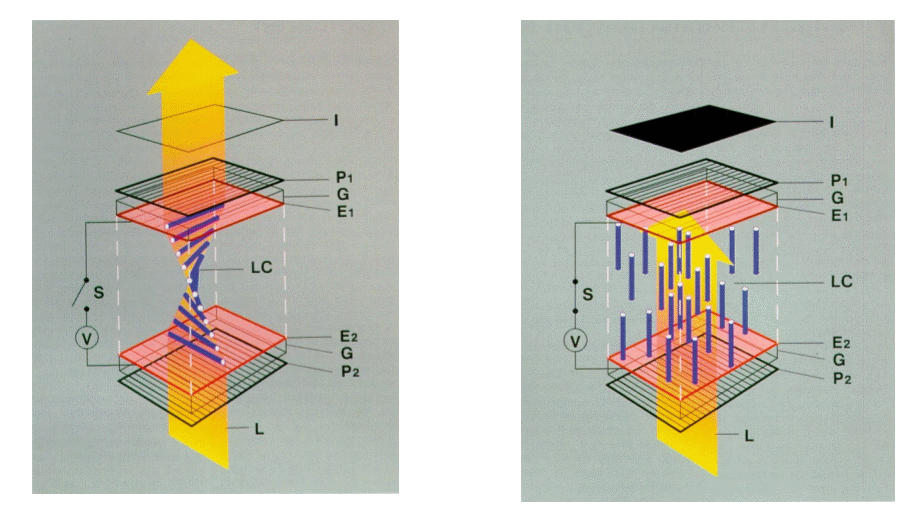
The grooves on the two polarizer planes are perpendicular to each other (intersect at 90°), that is to say, if the molecules on one plane are arranged north-south, the molecules on the other plane are arranged east-west, and the molecules between the two planes Forced to enter a 90° twisted state, because the light travels along the direction of the molecular arrangement, the light is also twisted 90° when passing through the liquid crystal.
When no electric field is applied, the incident light passes through the polarizer and then passes through the liquid crystal layer, and the polarized light is rotated 90° by the liquid crystal layer in which the molecules are twisted. When leaving the liquid crystal layer, its polarization direction is exactly the same as that of the other polarizing plate, so light can pass smoothly. In this case, the liquid crystal cell is equivalent to transparent, and we can see the electrodes of the reflector.
When a voltage is applied to the liquid crystal, the molecules will rearrange vertically so that the light can be directed out without any twisting and the device cannot transmit light. In this case, since there is no light reflected back, we cannot see the electrode of the reflector, so black appears on the electrode.
It can be seen that when power is applied, the light is blocked (displayed), and light is emitted when power is not applied (no display). As long as the electrodes are made into different shapes of characters, different black characters can be seen. This kind of black characters is not formed by the discoloration of liquid crystal, but the result of light being blocked or emitted.
To sum up, the display principle of the liquid crystal display device is: under the action of an external electric field, the arrangement of the liquid crystal rod-shaped molecules changes, so that the light passing through the liquid crystal display device is modulated (that is, transmitted and opaque), thereby Shows light and dark display effects. By controlling the magnitude of the voltage, the rotation angle of the liquid crystal and the traveling direction of the light are changed, thereby achieving the purpose of changing the brightness of the characters.
Important reminder: A real TN display screen does not necessarily add a light source to the incident light of the lcd panel, but in most cases a reflector (lens) is added to the emitted light. In this way, when no voltage is applied to the liquid crystal, the incident light (natural light) of the liquid crystal dots can be reflected back, and the liquid crystal cell will be bright; after the liquid crystal is applied with voltage, the light cannot complete the reflection process and the liquid crystal cell will be dark.
Due to the relatively low production cost of TN lcd panel, liquid crystal panels with “TN” technology are currently widely used in medium and low-end liquid crystal displays. Early TN panels can only display 260,000 colors at most due to technical reasons. Later, through the improvement of the TN panel, firstly, the “jitter” technology can make it obtain the performance ability of more than 16 million colors; secondly, the method of using the compensation film makes the viewing angle of the TN panel greatly improved. The TN lcd panel currently on the market are all these improved panels, and the viewing angle can reach 160°.
In terms of the response speed of the display, the TN panel can easily increase the response speed due to the low number of output gray levels and the fast deflection speed of liquid crystal molecules. Generally, most of the liquid crystal displays with a response speed of less than 8ms use TN panels. In addition, TN is a soft screen, if you flick the screen with your finger, there will be a phenomenon similar to water lines. Therefore, liquid crystal displays using TN lcd panel need to be carefully protected during use to prevent pens or other sharp objects from contacting the screen to avoid damage.
Like our products use TNT lcd panel: touch screen 17, 22 touch screen monitor, 10 touch screen.

